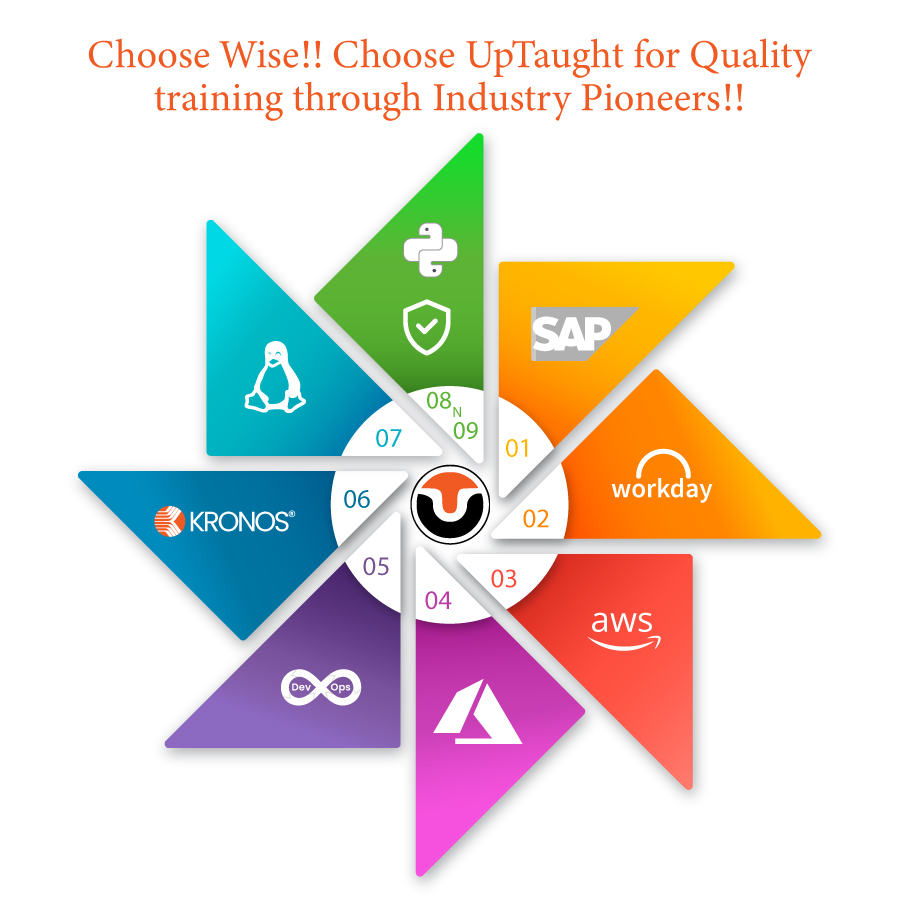Every company’s most valuable asset is its workers, and in today’s highly competitive market, developing, engaging, and retaining employees has become a critical success component. How do you know which Human Resource Management platform is most suited to your needs when there are so many on the market?
Many large organizations still rely on on-premise solutions due to the numerous adaptations they require for their specific business operations. For many people who lack the technical expertise to successfully migrate from on-premise to the cloud, it is also a terrifying idea. SAP HCM (Human Capital Management) and SAP SuccessFactors, for example, continue to support both on-premise and cloud-based HR solutions. What, though, is the distinction between the two?
Table of Contents
Differences between SAP HCM & SAP SuccessFactors
SAP SuccessFactors is a cloud-based SaaS platform, whereas SAP HCM is SAP’s original on-premise HR solution. Both systems, in essence, address the same business problem: human resource management. When contrasted on a granular level, however, SuccessFactors and HCM are built on completely distinct technologies and have a lot of contrasts.
SAP Human Capital Management (SAP HCM), commonly known as SAP Human Resource (HR) or SAP Human Resource Management System, is one of SAP’s main modules (SAP HRMS). These phrases basically refer to the same SAP on-premise Software/System(s)/Suite.
SuccessFactors is a cloud-based HR solution that is part of the SAP HXM (Human Experience Management) package.
Both systems are available from SAP, though support for SAP HCM is set to end in 2040 as the company switches its attention to more HXM/Cloud-based products.
Let’s take a closer look at each of the options.
Click here to know more
SAP Human Capital Management
SAP HCM is one of the most versatile on-premise software solutions for HR procedures, with a wide range of applications. It provides all important functions for personnel administration, payroll, applicant management, and personnel development as the replacement to SAP HR. SAP HCM also connects people and personnel management to multiple-level application and approval processes.
Furthermore, the system is tightly linked to the organizational structure, allowing for the automation of hierarchy-dependent tasks. Integration of multiple submodules allows for adaptation to company-specific situations.
SAP HCM has a number of modules for different processes:
Organizational Management: The term “organizational management” refers to the process of mapping an organization’s overall structure according to its organizational units. The module also helps with process organization and personnel analyses for personnel planning, and it serves as the foundation for functions like career planning and applicant management.
Personnel Administration:
For each employee, this is the center point or personnel master record. This digital employee master data eliminates the need for paper-based procedures and ensures that all personnel data is constantly current. Information such as organizational unit (department), pay scale and pay scale group is maintained in addition to typical employee master data such as personnel number, name, and address. Each of these items is given a validity period, which helps to form a timeline.
Personnel Time Management:
This module aids in the planning, recording, and evaluation of employee performance based on documented working hours. Traditional workflows in personnel time management, such as requests for flex days, supplements, and corrections, as well as attendance management, wage calculation, and log-in and log-out reports, are all supported by SAP HCM.
Payroll Accounting:
This module contains master data such as salary groups, working hours, various absence times, flexible salary components, and special payments. Payroll accounting remains compliant with regulatory standards thanks to regular changes. Simulation runs, which can be performed before the actual payroll run to ensure that problems can be fixed in advance, give additional security.
Talent Management:
The primary goal of talent management is to match open positions to available human resources. This is done based on pre-determined criteria like qualifications and personal interests. At the same time, these features enable employees’ specific career and development goals, as well as the accompanying target agreements, to be mapped in the system.
Recruitment:
A variety of operations, such as arranging job interviews or setting application deadlines, can be automated and tracked in a simple manner. The entire employment procedure can be mapped out independently.
Employee Self-Service (ESS) and Management Self-Service (MSS):
Employee Self-Service (ESS) allows employees to track their own data within an organization. Managers can produce and update personnel data using Management Self-Service (MSS).
SAP SuccessFactors is a market-leading application that provides a comprehensive set of talent management solutions, as well as robust workforce analytics and planning, as well as a next-generation core HR solution that improves executive insight and decision-making.
Originally, SuccessFactors was a stand-alone US firm that provided a cloud-based workforce management suite with analytics and communication tools. SAP acquired the company in 2011 and has subsequently greatly expanded its capabilities.
Want to know more? Click here
SAP SuccessFactors
SuccessFactors is now a complete cloud-based HRM solution. It includes all of the functionality of the original SAP HCM, as well as some additional ones, such as:
- E-Recruiting: a collaborative, objective, and mobile selection process are supported.
- Onboarding: a customizable onboarding procedure that includes new hires, recruiting managers, and an onboarding buddy.
- Compensation: a compensation profile, which includes salary history and positioning, maps all compensation procedures.
- Performance Evaluation: Target Agreements and Monitoring of Target Achievement for Performance Evaluation regulates target agreements and monitoring of target achievement for performance evaluation.
- Learning: A platform for learning that is linked to a variety of other modules (e.g. goal management and onboarding)
- Succession and Development: Controls and automates succession planning operations in Succession and Development.
- Employee Central: Employee Central is in charge of master data management and mapping, as well as personnel administration, organizational management, absences, and payroll accounting (optional); it is also the foundation for integrating with an on-premise solution.
- SAP JAM: SAP JAM is a social networking-style communication and collaboration platform for employees.
- Analytics: This feature allows you to create reports for all SuccessFactors modules.
Bottomline
That’s all for today. Hope you will understand the differences between SAP HCM & SAP SuccessFactors.
If you want to learn more about SAP SuccessFactors, go here.
Thanks for learning!





